Recently we examined how surface distress contributes to bearing failure. Now we’ll examine corrosion.
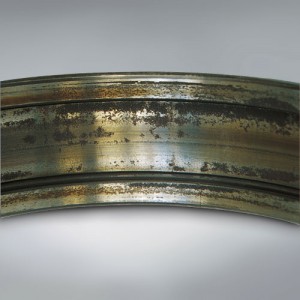 Corrosion occurs primarily when either lubricants fail or the seals have failed and the bearings have been exposed to water or corrosive liquids. Corrosion can lead to early fatigue failures through the rust that forms in the bearing, especially if rust occurs in the raceways or on the roller elements, then the bearing becomes unusable.
Corrosion occurs primarily when either lubricants fail or the seals have failed and the bearings have been exposed to water or corrosive liquids. Corrosion can lead to early fatigue failures through the rust that forms in the bearing, especially if rust occurs in the raceways or on the roller elements, then the bearing becomes unusable.
Water can be particularly damaging to steel bearings where a rolling element touches the race, especially if the bearing is idle for a period. The lubricant in the bearing will likely have thinned due to the pressure of the balls or rollers contacting the raceway, and thus be unable to sufficient coat and protect the areas of contact.
If bearing surfaces are exposed to air, corrosion can occur through condensation or humidity. In some cases, it leads to etching on the surface, which will eventually develop rust. This type of rust can initiate flaking and cracks in the bearings.
Other elements dangerous to bearings include acid liquids, which corrode steel, salts present in fresh water, and especially salts from seawater. Alkaline liquids will cause corrosion, just not as quickly as these other liquids.
The signs of corrosion are often grey colored or dark colored streaks across the raceways. Eventually, you may see pitting of the raceway surfaces.
Preventative measures include the use of lubricants with rust inhibitors, or greases. Also, check seals often. Some manufacturers offer sealing specific to dealing with applications with exposure to corrosive elements.
Fretting corrosion is another type of corrosion that can occur. If the fit between bearing ring and shaft or housing is too loose, rolling element movement may cause small particles of material to detach from the surface. Those particles can oxidize and rust, resulting in deep penetration in some places. This type of fretting corrosion can have a detrimental effect on load distribution in the bearings.
Signs include heavily marked path patterns along the raceway. A corrective measure is to adjust the bearing seating.
Factors that contribute to bearing failure include material fatigue; operating with a heavier loading than specified; inadequate or unsuitable lubrication; careless handling; poor sealing; and bearing balls or rollers installed too tightly, with insufficient internal bearing clearance.
Each of these contributors leaves known clues on the bearings or the races, so it is fairly easy to determine what happened. However, multiple contributors can be at play in each cause, so it’s useful to have an understanding of each contributor and each cause.
The primary types of damage are:
• Mechanical wear
• Indentations and brinelling
• Smearing
• Surface distress
• Corrosion
• Electric current damage
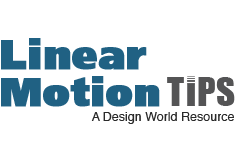
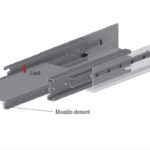
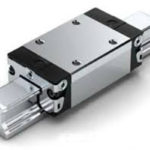
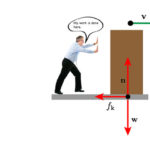
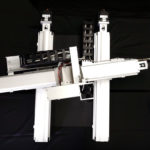


Leave a Reply
You must be logged in to post a comment.